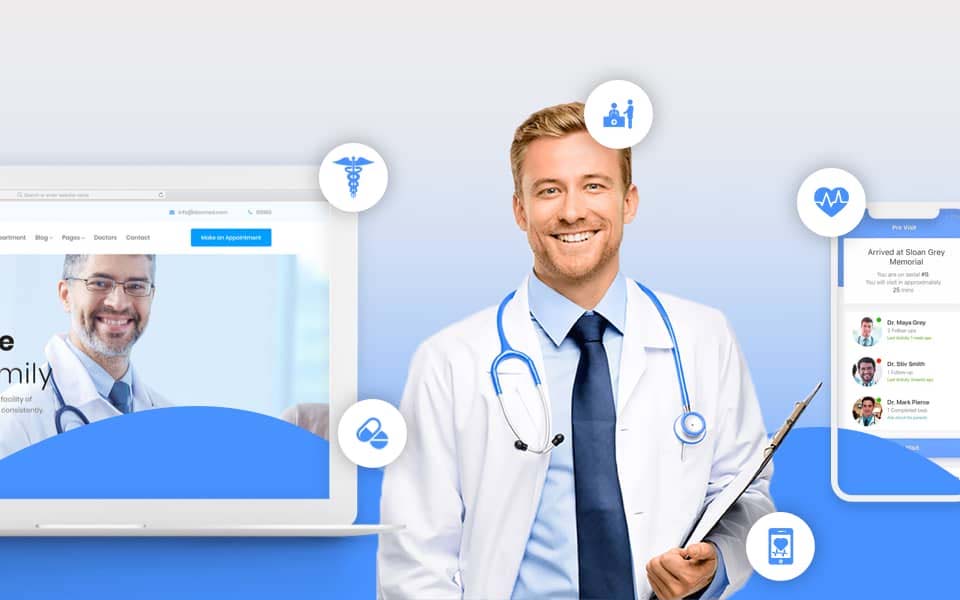Ways to Make Your Healthcare Website More User-Friendly

Your practice’s website is its lifeline to the rest of the world. It’s the face of your business when people are online, and people take notice of a website that doesn’t meet their needs. A user-friendly website could mean the difference between getting a new patient, or being completely forgotten.
What are some ways to make a user-friendly website? What is user-friendly web design? And how can you make your practice’s website more user-friendly?
What Makes A Website User Friendly?
Fast load speeds.
This is a simple concept, but it needs to be said. If someone sees your website load more quickly, they’re more likely to stay and do whatever it is they need to do on the site. They’re more likely to bounce off your website if it loads too slowly.
Optimized on all devices.
Someone who is on their phone should have just as easy of a time using your website as someone on their desktop computer. Since most Internet traffic nowadays comes from mobile phones, it pays to make your website easily accessible and usable on mobile devices.
Easy to navigate.
Going from one page to another should not seem like a chore. A prospect should be able to use the website and go to wherever they need to go without being confused or put off by the website’s layout or page link structure.
Information is clear and easy to find.
This goes hand-in-hand with ease of navigation, but it mainly refers to how easy it is to solve their problem or learn what they want to learn. Is someone easily able to find your contact information? If a physician told a patient that they needed to visit the medical website for more information, would they easily be able to find it?
Tips for User Friendly Web Design
Use mobile-first or responsive web design.
Mobile-first web design is designing websites with mobile devices in mind, whereas responsive web design makes sure that the website’s layout changes based on the end user’s device. There are slight differences between the two, but the important thing to take away from this is that your website needs to be usable on mobile phones.
Make calls to action (CTAs) prominent.
If people don’t know what they can do (or need to do) on your website, then it’s not very easy to use. By making the most popular or important actions into calls-to-action, and then turning those calls-to-action into prominent buttons, you can draw a person’s attention more toward the content that they need.
Make navigation simple and intuitive.
People should be able to go from one page to another on your website easily, and they should know what they can expect when they visit those pages. Don’t make your menus too complicated, and make sure that important information can easily be found through the main menu. A search function is a big help.
Make sure your patient portals work on mobile.
If your practice uses a patient portal (and you almost certainly should), these portals should be mobile-optimized so that people are able to get their health information right on their phone. This adds to ease-of-use.
Sequence Health is a leading provider of patient engagement solutions and provides medical websites for practices all over the US. Check out a recent article they published called “How to Fine Tune Your Marketing for Healthcare Businesses in 2021!”






